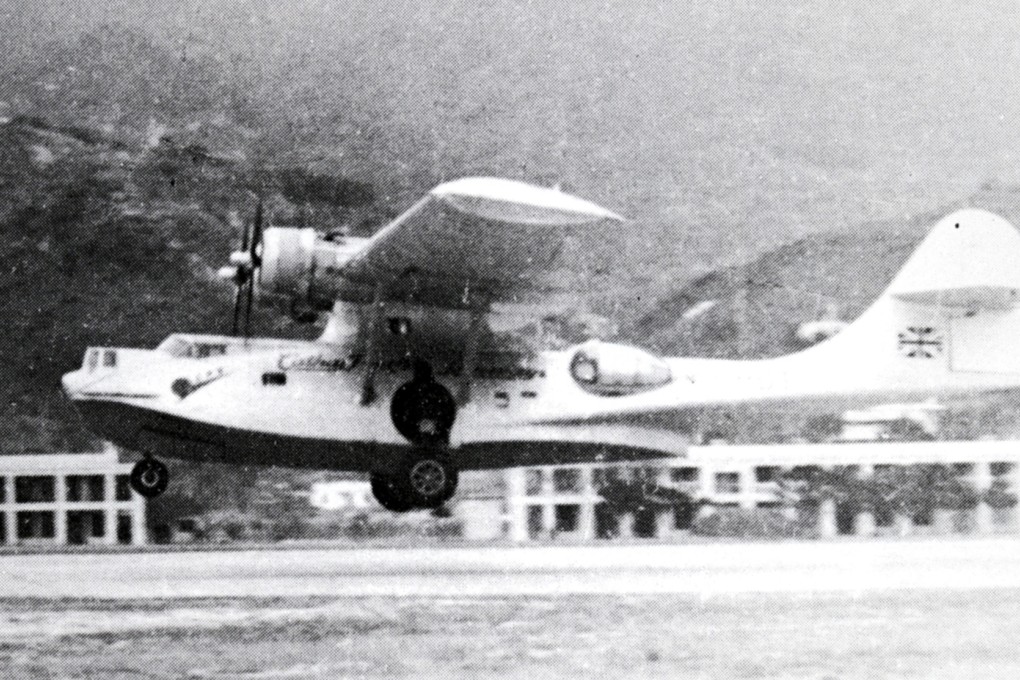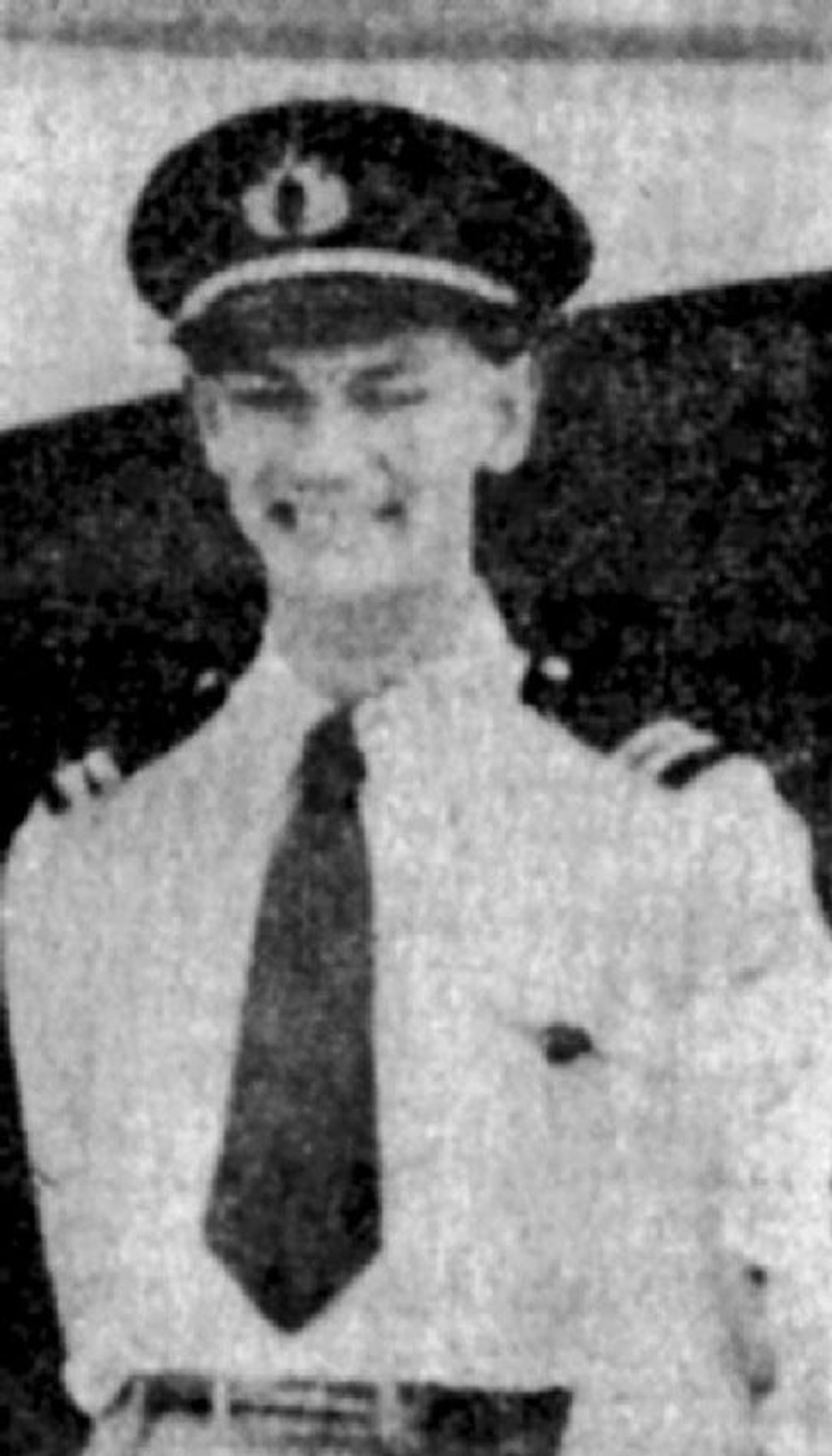Flight of no return: How a Cathay Pacific plane became the first hijacked commercial airliner
In 1948, in an audacious plot involving guns, robbery and ransom, a Cathay Pacific plane became the first commercial airliner to be hijacked. It ended in disaster but, as Mark Footer recounts, a remarkable tale eventually emerged.

'Fantastic but true.' With those three words, spoken 60 years ago this month, the managing director of Cathay Pacific Airways introduced Hong Kong to the horror of skyjacking.
'Cathay Pacific Airways refrained from making a statement earlier as the facts were so fantastic that they appeared incredible,' Sydney de Kantzow continued on July 31, 1948, 15 days after one of the airline's Catalina amphibious aircraft, Miss Macao, plunged out of the sky in the first recorded incidence of piracy on a commercial airliner. The plane had crashed into the sea, killing 26 of the 27 people on board.
Cathay Pacific was in its infancy in 1948, having started as the air transport wing of the Roy Farrell Export-Import Company, established in Shanghai in early 1946 to fly in from Australia anything the entrepreneurial American could sell.
The operation began to ferry passengers as well as freight and expanded at a furious pace. A passenger ticket office opened for business in the lobby of The Peninsula hotel in Hong Kong and an office was rented at 4 Chater Road by de Kantzow, an Australian who had first met Farrell when the pair were pilots flying 'The Hump', the name given by Allied pilots in the second world war to the eastern end of the Himalayan Mountains. Between April 1942 and 1945, pilots such as de Kantzow, who was employed by the China National Aviation Company, flew from India to China to resupply the Flying Tigers - volunteer American pilots attached to the Chinese Air Force - and the government of Generalissimo Chiang Kai-shek.
Once, during the British retreat from Burma, de Kantzow managed to evade 15 Japanese Zero fighter planes while flying 'Gimo' (as Chiang was affectionately known), Madam Chiang and US general Joseph Stilwell to Kunming. 'He was a stern almost uncompromising perfectionist. He was a brilliantly outstanding pilot and we were convinced he could actually fly the boxes the planes came in,' says Charles 'Chic' Eather, an Australian pilot who joined the fledgling airline in December 1946.
As Farrell's business boomed, Hong Kong became an increasingly important centre of operations - it was geographically well placed and an increasingly volatile mainland was becoming less and less attractive as a base - and it wasn't long before Farrell and de Kantzow decided to make theirs a Hong Kong-registered business. However, there was a snag: as a British colony, the business had to be two-thirds British owned.
